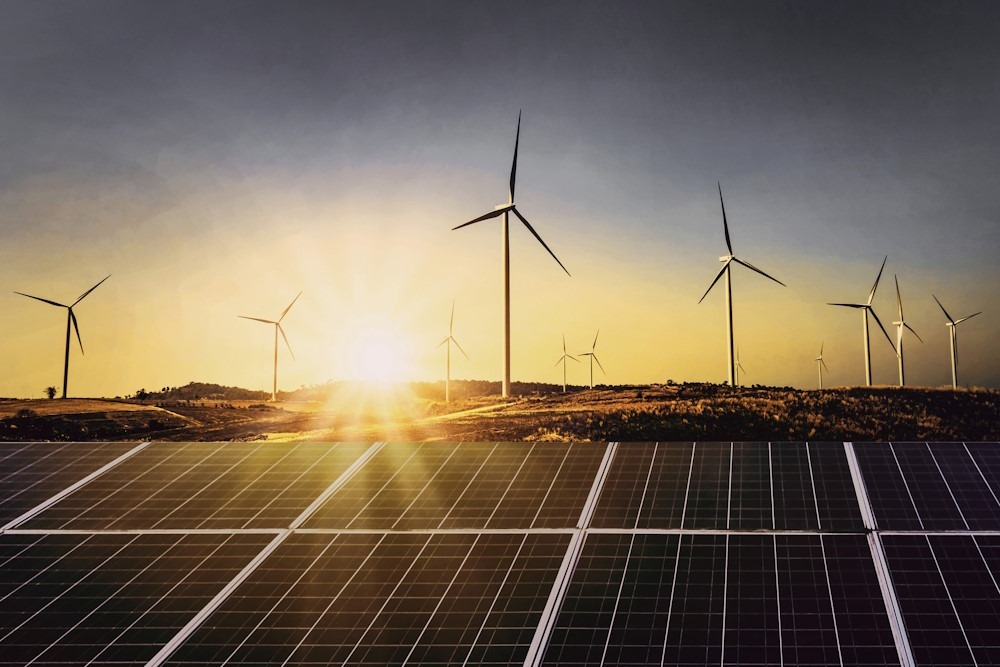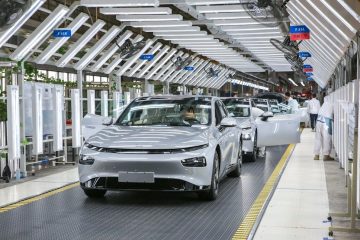Renewables can’t keep up with AC and AI demands

The expansion of renewable electricity is experiencing rapid growth. The issue lies in its inability to meet the increasing demand for power. Renewable energy sources are unable to meet the increasing energy requirements of air conditioning and artificial intelligence.
In the United States, the emerging driver is energy-intensive artificial intelligence. The demand for electric automobiles, heat pumps, and other equipment aimed at reducing fossil fuel consumption was already increasing.
In emerging countries, the economic growth is propelled by the process of industrialization and the increasing demand for essential amenities such as electricity and air conditioning. This implies an increase in the usage of fossil fuels, notably coal, which is considered the most significant contributor to emissions.
According to Sumant Sinha, the CEO of ReNew, a major renewable energy company in India, simply increasing the use of renewable energy sources will not be sufficient.
The emissions from America’s power industry have decreased due to the replacement of coal by natural gas and renewable energy sources. However, renewable electricity that is absorbed by emerging sources of demand cannot be utilized to mitigate pollution in sectors such as transportation and manufacturing.
The need for microchips, electric vehicles, and batteries is being driven by the production of factories. That indicates minimal indication of deceleration. According to a report by The Wall Street Journal, Samsung plans to increase its semiconductor investment in Texas to $44 billion, which is more than twice the previous amount.
AI, being a wild card, consumes a greater amount of energy compared to traditional computers.
There is a lack of accurate information regarding the power consumption of AI, and it remains uncertain how the technology will develop in the future. In a 2023 study, data scientist Alex de Vries projected that by 2027, the energy consumption of AI servers globally might reach a level comparable to that of a medium-sized economy like the Philippines or Sweden.
According to the International Energy Agency, the United States, which currently has the largest number of data centers, is projected to increase its proportion of electricity consumption from 4% in 2022 to 6% in 2026.
According to research firm Thunder Said Energy, artificial intelligence (AI) has the potential to increase U.S. natural-gas demand by 8% by 2030. This increase in demand would be driven by backup generators burning more diesel fuel.
Murray Auchincloss, the CEO of BP, expressed the belief that the expansion of artificial intelligence (AI) necessitates the utilization of all available sources of renewable energy and natural gas.
Renewable energy sources in Asia are unable to match the pace of demand. Last year, China surpassed the United States in terms of the number of solar panels installed. Additionally, India has set a goal to increase its renewable energy capacity by more than three times during the next six years. The rate of increase has not matched the level of demand, resulting in coal being used to bridge the gap.
China surpassed a significant milestone last year with its substantial expansion—renewable energy growth outpaced the sustained growth of power consumption, as stated by Lauri Myllyvirta, a senior fellow at the Asia Society Policy Institute.
However, 2023 proved to be an atypical year. Beijing sought to bolster the economy through increased exports, resulting in heightened electricity use by the manufacturing sector. Additionally, a heat wave necessitated greater usage of air conditioning. Renewable energy sources were unable to keep up with the increasing demand for power.
China’s efforts to tackle the issue of renewable energy’s reliability through grid upgrades, batteries, and hydropower have attracted widespread attention. The objective is to adopt environmentally friendly practices while maintaining affordable electricity rates.
According to Alex Whitworth, the head of Asia Pacific power research at Wood Mackenzie, if China is successful in achieving that, it might be duplicated in other areas such as India and Southeast Asia.
India represents the difficulty. The growth in power demand has been exceeding 8% per year, surpassing the growth rate of the gross domestic product, due to the rapid expansion of industrial activity.
Countless Indians, whose households have been linked to the power grid in the past century, are also purchasing electrical appliances. According to the International Energy Agency, by 2050, the power consumption of air conditioners in India could surpass the current electricity consumption of the entire continent of Africa.
The government’s promotion of renewable energy is a component of a wider endeavor to meet the increasing demand. According to Global Energy Monitor, India currently has 30 gigawatts of coal plants being constructed, with further projects in progress.
India’s infrastructure is being heavily burdened by the transportation of coal to power plants. Last year, the government announced plans to increase the number of railcars on India’s crowded railroads by 100,000 by 2030, specifically for transporting coal. This would amount to a quarter of the current railcar stock.
In order to decelerate the rapid expansion of coal usage, the government would need to persuade private investors to finance enhancements to the power grid and foster the growth of an environmentally friendly manufacturing industry that can rival the economic benefits generated by coal. This suggestion was made by Karthik Ganesan, an expert in the power market, who works for India’s nonprofit organization, the Council on Energy, Environment and Water.
According to him, anyone who anticipated India’s coal reaching its highest point before the mid-2030s was likely being overly optimistic.





